#roman catholic church
Text
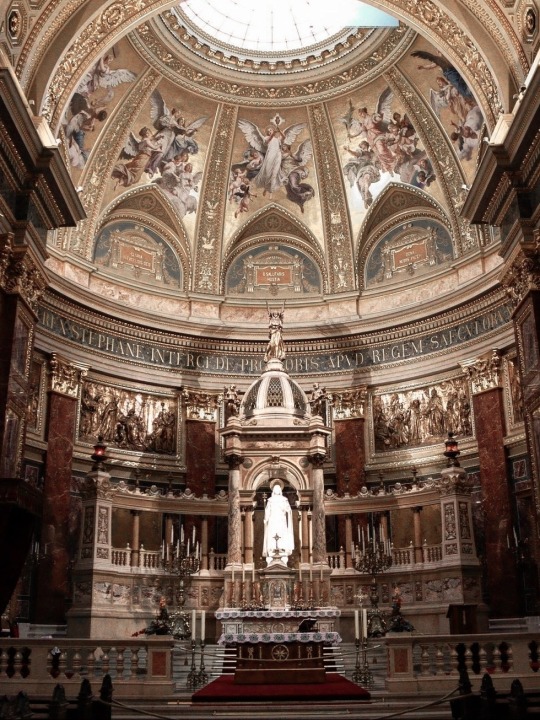



Szent István Bazilika by castleholic.
#roman catholic church#church aesthetic#church#hungary#alternative#aesthetic#dark academia#dark academic aesthetic#dark aesthetic#aestheitcs#dark#art#light acadamia aesthetic#light academia
1K notes
·
View notes
Text
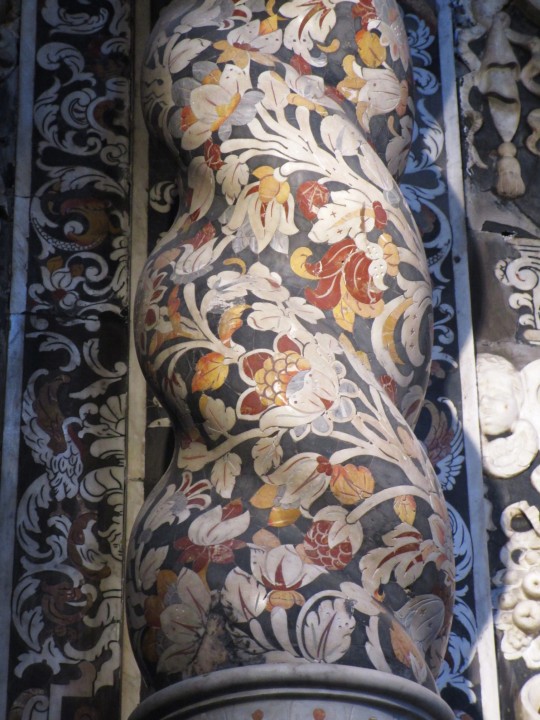
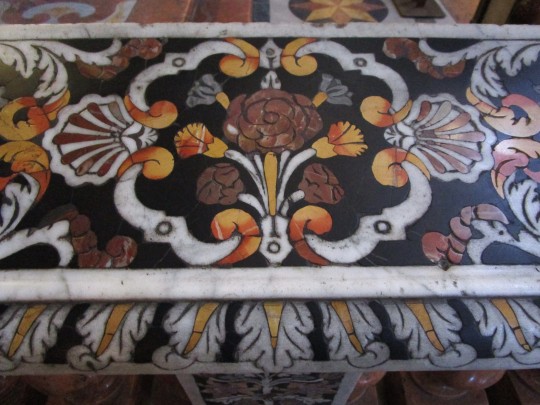
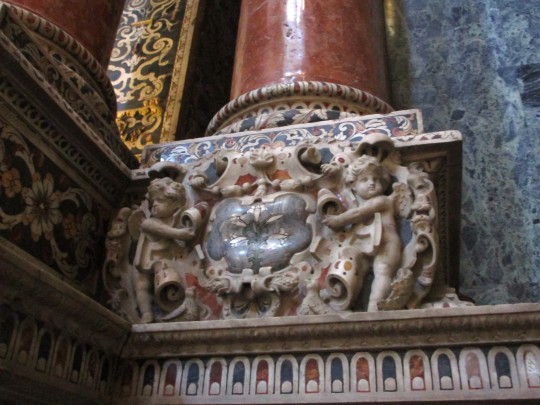
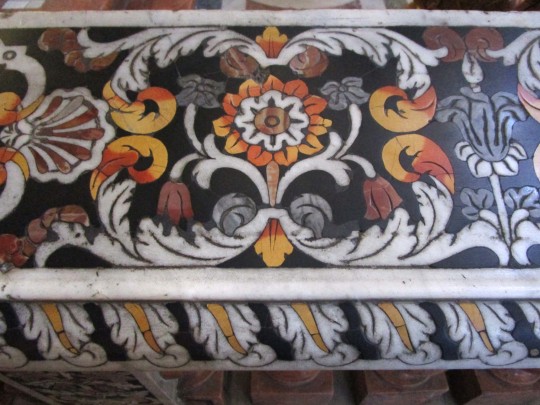

Examples of inlaid polychrome marble at the church of San Giuseppe dei Teatini in Palermo, Sicily
Photos by Charles Reeza
#Baroque art#stone carving#sculpture#craftsmanship#Sicilia#Italy#roman catholic church#travel photos#17th century
116 notes
·
View notes
Text
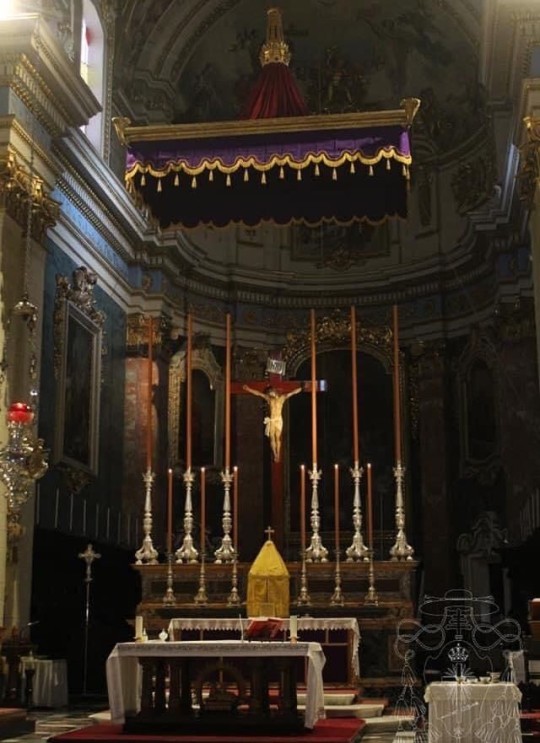
#catholic#catholicism#christianity#jesus christ#our lady#blessed virgin mary#altar#high altar#missale romanum#roman catholic church#roman catholic#catholic church#cathedral#catholic art#traditional catholic#catholiscism#catechism#catechesis
16 notes
·
View notes
Video
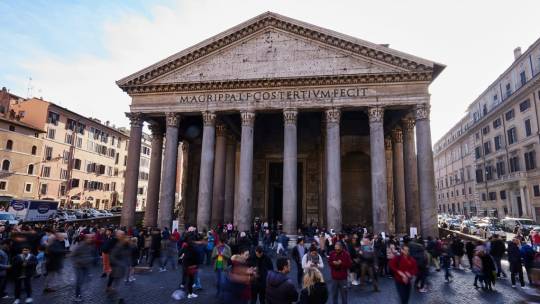
The Pantheon: The Ancient Building Still Being Used After 2,000-Years
When visitors walk into the Pantheon in Rome and encounter its colossal dome, they may experience the same theatricality as its guests nearly 2,000 years ago.
"Anyone who steps inside the Pantheon immediately feels the crushing weight of human history, but also the incredible lightness of human creativity," said John Ochsendorf, professor of architecture at MIT and former director of the American Academy in Rome.

"You come into this grand space and you look up and you see the sky or a passing cloud. And you think: 'How could they have done this nearly two millennia ago?'"
The Pantheon is the oldest building in the world that's still in use today. Since the 7th century, it has been a Roman Catholic church.
Built around 125 A.D. by the Roman emperor Publius Aelius Hadrianus, it was actually the third iteration of the structure. The first Pantheon caught fire around 80 A.D. and was rebuilt shortly after, but it was struck by lightning and burned down again around 110 A.D. The buildings' ill fate led to rumors that the Pantheon was cursed.
The facade of the completed structure riffed on ancient Greek motifs, with a portico entrance featuring a pediment -- a triangular top -- and two rows of Corinthian columns. The interior was sweeping and airy, capped by a dome that to this day -- is still the largest unsupported concrete dome in the world.
What was it used for?
Pantheon means "all gods," and though it's commonly thought the structure was a site of worship dedicated to Roman deities, its original purpose is actually unknown.
With scant mentions of it in Ancient texts, historians have been left somewhat in the dark. Though it could be a temple, Roman buildings were typically multi-purpose structures, said Lynne Lancaster, an architectural historian and humanities educator. "And so what actually went on in the Pantheon is hard to say."

Legends say it's the very site where Rome's founder, Romulus, ascended to heaven. Others believe the Pantheon was where the Roman emperor could communicate with the gods. Whatever the case, like many Roman architectural feats, the imposing structure was a show of might, an "important symbol of imperial power," said Luca Mercuri, the Pantheon's current director.
Indeed, Roman architecture of the time embodied wealth, strength and dignity. Centuries later, Neoclassical architects would reference the Pantheon's portico and dome combination to imbue their buildings with those same values, from the US Capitol in Washington, DC., to the Somerset House in London.
How was it built?
The Pantheon was an architectural marvel of the Roman Empire.
The oculus -- Latin for "eye" -- stretches 30 feet across, opening the structure to the heavens. The sun beams through the oculus, and when it storms, the rain comes down like a waterfall into the interior.

Legends say it's the very site where Rome's founder, Romulus, ascended to heaven. Others believe the Pantheon was where the Roman emperor could communicate with the gods. Whatever the case, like many Roman architectural feats, the imposing structure was a show of might, an "important symbol of imperial power," said Luca Mercuri, the Pantheon's current director.
Indeed, Roman architecture of the time embodied wealth, strength and dignity. Centuries later, Neoclassical architects would reference the Pantheon's portico and dome combination to imbue their buildings with those same values, from the US Capitol in Washington, DC., to the Somerset House in London.
How was it built?
The Pantheon was an architectural marvel of the Roman Empire.
The oculus -- Latin for "eye" -- stretches 30 feet across, opening the structure to the heavens. The sun beams through the oculus, and when it storms, the rain comes down like a waterfall into the interior.
"The oculus at the center seemed to tempt fate and leave (the Pantheon) open to the sky," said Ochsendorf. "But it also showed a mastery of geometry and construction -- that they could build domes on that scale and leave an oculus open at the center, in a way (that was) almost showing off."

One trick to make a large dome stable was to use progressively lighter stone in the concrete mix as it reached the top. Heavy brick could be used at the base, with spongy, light volcanic rock around the oculus.
Though the Pantheon has revealed some of its design secrets, Lancaster said she still finds magic in the details. As the day progresses, the sun flickers around the dome's interior, casting light over its sunken grid like a giant sundial.
"It's one of the few places in the world (where) you can actually watch the Earth turn."
By Jacqui Palumbo.
#The Pantheon#The Pantheon: The Ancient Building Still Being Used After 2000-Years#roman catholic church#roman emperor hadrian#architecture#building#ancient building#ancient artifacts#archeology#archeolgst#history#history news#ancient history#ancient culture#ancient civilizations#ancient rome#roman history#roman empire#roman architecture#roman archaeology#roman building#the might of rome#long reads
123 notes
·
View notes
Link
Canada agreed to "forever discharge" Catholic entities from their promise to raise $25 million for residential school survivors and also picked up their legal bill, a final release document shows.
The Canadian Press obtained a signed copy of the 2015 agreement through federal access-to-information laws, marking what appears to be the first time the document has been widely publicized.
"That's a very, very important set of records," said Ry Moran, an associate librarian at the University of Victoria and founding director of the National Centre for Truth and Reconciliation.
"Like all questions around accountability, the question is, 'Who made the decision? How was that decision made? Who ultimately signed off on this?'"
Continue Reading.
Tagging: @politicsofcanada
213 notes
·
View notes
Text


sint-pieterskerk, leuven, belgium
#my photography#church#gothic church#gothic photography#gothic architecture#architecture#roman catholic#catholic church#roman catholic church#lumixphotography#photography#religious imagery#belgium
15 notes
·
View notes
Text

Rouen Cathedral - FRANCE
#rouen cathedral#cathedrale de rouen#catedral de rouen#roman catholic church#rouen#normandy#normandia#france#francia#europe#europa
36 notes
·
View notes
Text
Domestic disciplinarians, Matthew 7:21-23 is about you.
Queer theologians, Matthew 7:21-23 is about you.
Collaborators with Rome, Matthew 7:21-23 is about you.
Collaborators with Salt Lake City, Matthew 7:21-23 is about you.
Dispensationalists and dual-covenant theologians, Matthew 7:21-23 is about you.
Non-missional churches, Matthew 7:21-23 is about you.
Parents who do not catechize their children and pastors who do not catechize their parishioners, Matthew 7:21-23 is about you.
Minimizers and deniers of the Trinity, Matthew 7:21-23 is about you.
Advocates of R2K, Matthew 7:21-23 is about you.
Christian nationalists, Matthew 7:21-23 is about you.
Christians who espouse men’s rights teachings, Matthew 7:21-23 is about you.
#I never knew you#Matthew 7#Sermon on the Mount#domestic discipline#B D S M is cultic#B D S M is a demonic practice#queer theology#crossing the tiber#mormons#mormon church#mormonism#lds#latter day saints#latter-day saints#catholicism#roman catholicism#roman catholic church#catholic church#ecumenism#dispensationalism#dispensationalists#dispensationalist#dual-covenant theology#dual covenant theology#christian missions#international missions#R2K#Reformed Two Kingdoms#Reformed 2 Kingdoms#Two Kingdoms
90 notes
·
View notes
Text
To read up on the mysteries of the Rosary, click here.
#rosary#catholic#catholicism#mysteries of the rosary#blessed virgin mary#roman catholicism#catholic church#roman catholic church#annunciation#visitation#nativity#presentation#finding of jesus in the temple#joyful mysteries
17 notes
·
View notes
Text


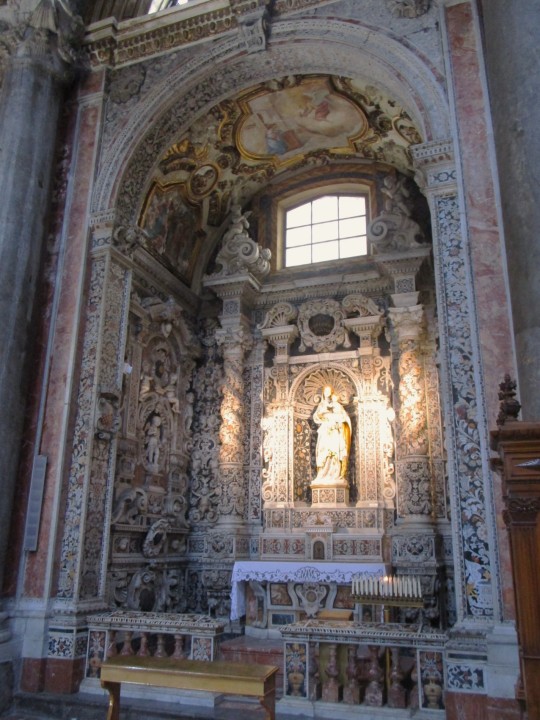
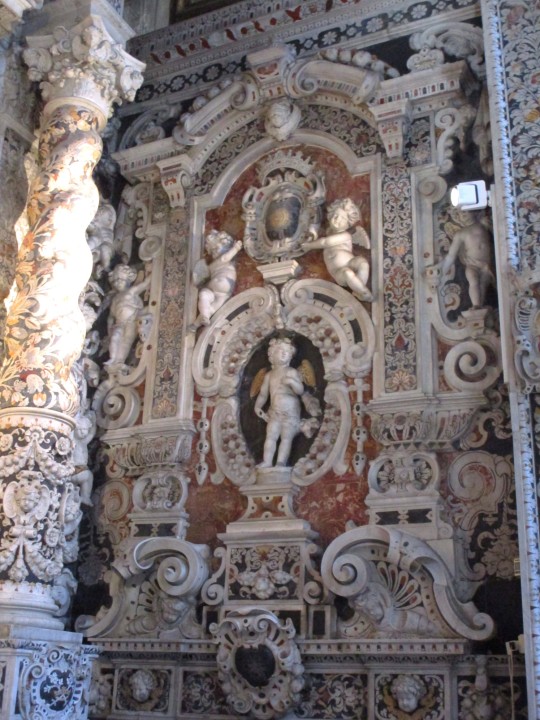
The Chapel of the Madonna della Providenza at San Giuseppe dei Teatini in Palermo, Sicily sits above a natural spring. The water from the spring is said to be "a gift from the Mother of Providence to her Palermo children," and it is credited with healing "all infirmities."
The spring was discovered during excavations under the chapel on January 7th, 1668, and by January 15th the Theatine fathers had completed sufficient infrastructure to begin welcoming thousands of pilgrims to the church. No one can monetize a leaky basement better than a group of Catholic priests. This was 200 years before a similar flow of miraculous water bubbled up in Lourdes, France.
Photos by Charles Reeza
#roman catholic church#Marian cult#cash flow#inlaid marble#stone carving#Baroque art#Baroque sculpture#Sicilia#travel photos
63 notes
·
View notes
Text

Confession is the Sacrament of Divine Mercy and Forgiveness +
#catholic#catholicism#christianity#spiritual warfare#jesus christ#exorcist#demon#sin#confession#roman catholic church#roman catholic#divine mercy#forgiveness#forgive me#penance#sacrament of confession#crucifix#crucifixion#crucifiction#monastery
17 notes
·
View notes
Text
Please share this with your friends and family on social media. 🙏

#nobodyinthebibleprayedtomary#sharethis#wisdom#share#faith#woke#Jesus#God#Jesus Christ#Catholic#RCC#Roman Catholic Church#Protestant#Catholics#Vatican#Pope Francis might be the False Prophet#Pope Francis#The Vatican#Christ#Christians#Christian#stay humble#stay holy#stay pure#stay woke#stay sober
36 notes
·
View notes
Text
And if you don't understand that the catholic church is one of the most destructive forces in existence since practically the dawn of modern time...
You've got some reading to do.

#roman catholic#roman catholic church#catholic#catholiscism#ausgov#politas#history#facts#fact#religion#dogma#atheist#atheism#auspol#tasgov#taspol#australia#fuck neoliberals#neoliberal capitalism#anthony albanese#albanese government#religion is a mental illness#religion is bullshit#religion is a scam#religion is toxic#religion is stupid#christofascists#fascism#oppression#repression
3 notes
·
View notes
Text
RfRx Talks: J.D. Sword on Exorcism in the Catholic Church
March 11 8 PM Eastern Satanic Skeptic JD Sword will join RfRx to discuss the history of exorcism in the Catholic Church as well as some of the most famous cases of alleged demonic possession including the case of Annelise Michel (which inspired the movie The Exorcism of Emily Rose), and the case of Ronald Hunkeler (which inspired The Exorcist). He encourages you to join him for some devilment and…

View On WordPress
#exorcism#J.D. Sword#Recovering From Religion#RfRx#Roman Catholic Church#The Exorcism of Emily Rose#the exorcist
2 notes
·
View notes
Text
One of the reasons I avoid a lot of “therapeutic resources” (including a lot of actual therapists ) is that so many of them, particularly those connected to workplaces, are very aggressive in actively personalising any individual client’s situation. I’m thinking statements such “don’t take what x person says personally”; “you can’t control what other people do, only how you “choose” to feel/respond”; the million shades of “you have to bring a positive mental attitude”/“stay positive”/“positive vibes only” etc etc. Not to mention the way capitalist corporate culture has co-opted mindfulness - you know, the spiritual practice of Buddhism, the explicitly anti-materialist religion - to cast the issue as those who are struggling with inadequate pay and ridiculous workloads rather than addressing the actual issues.
I see statements and practices such as these as an essential part of maintaining systemic marginalisation and oppression that is perpetrated by a significant part of the therapy industry. Making a client - and clients are inevitably more marginalised people because marginalisation a) means an intense amount of mental distress b) means experiencing constant sanction for the same behaviours that are tolerated or celebrated in privileged groups of people - continually focus inward on “managing their own response” to oppression and marginalisation is an active part of preventing those people from organising and campaigning to demand actual change.
And this is why they are so popular in those bits of the therapy industry most adjacent to corporate culture, as well as in influencer culture. They focus the issue on the person struggling - who is likely to be marginalised - and actively force them into a process of introspection, self-blame and self-gaslighting while actively forcing them away from community and workplace organising and activism. It has certain parallels with the practice of Roman Catholic confession; admittedly, that was an enforced practice for a big chunk of the world for millennia, and therapy is habitually sought out by a person themselves, but, given the culture of indulgences (formally in the late medieval/early modern period, but informally for a lot longer) meaning the same “sins” were almost invariably sanctioned far more harshly in poor and marginalised people, and the Roman Catholic Church frequently treating rebellion as actual heresy through the medieval and early modern periods, I feel there is at least some merit in the comparison.
(Please note I am neither anti-Christianity, specifically anti-confession as a religious practice, or anti-therapy. I am discussing ways certain practices have operated or currently do operate to reinforce structural oppression and marginalisation within current or historical contexts, and parallels between them. These say much more about how privilege operates to protect itself than anything else, as far as I am concerned.)
#early medieval#medieval#early modern history#therapy#mindfulness#cbt therapy#toxic positivity#socialism#trade unions#community organizing#roman catholic church#confession#indulgences#buddhism#marginalisation#oppression#history#disableism#capitalism
19 notes
·
View notes